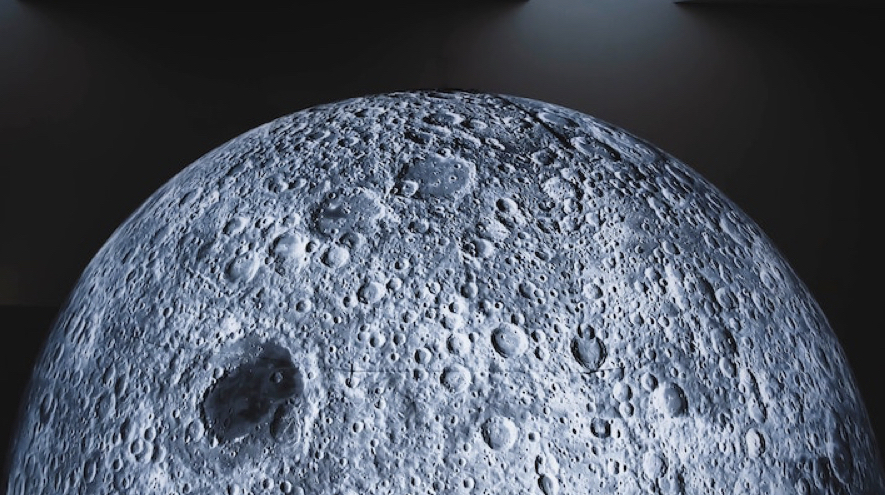
ESA Open Invitation to Tender AO10472
Open Date: 21/10/2020
Closing Date: 08/01/2021 13:00:00
Status: ISSUED
Reference Nr.: 20.1TI.12
Prog. Ref.: OP-Other Act. CC
Budget Ref.: E/0534-05A – OP-Other Act. CC
Special Prov.: BE+DK+FR+DE+IT+NL+ES+SE+CH+GB+IE+AT+NO+PT+GR+LU+CZ+RO+PL+HU+CA
Tender Type: C
Price Range: > 500 KEURO
Products: Satellites & Probes / Optical Communication / Optical Comm ¿ BB / Software
Technology Domains: Optics / Optical System Engineering / Overall Optical System Definition, Design and Engineering
Establishment: ESTEC
Directorate: Directorate Telecom & Integrated Applica
Department: Telecom Technologies,Product&Systems Dep
Division: Institutional and European Programme Off
Contract Officer: Piesche, Claudia Ria
Industrial Policy Measure: N/A – Not apply
Last Update Date: 21/10/2020
Update Reason: Tender issue
The objective of this activity is demonstrate reliable bidirectional analogue optical transmission at least in two RF bands (e.g., in C-band and in Ka-band) through the atmosphere in a scenario representative (in terms of link attenuation and optical turbulence) of an optical feeder link between a geostationary telecommunication satellite and an optical ground station. As a reference for the performance evaluation of the analogue optical link, a reliable bidirectional digital optical link shall be implemented as reference channel. Targeted Improvements: Demonstration of reliable analogue optical links through the atmosphere, compared to more mature digital optical links. Description: Demonstrations of free-space optical communications has mainly focused on digital links (i.e., the optical carrier is modulated by a binary user data stream). Digital optical links can support regenerative payloads (requiring on-board demodulation/re-modulation of the user data stream) and transparent digital payloads (requiring digitalisation of the user data signal prior to the modulation of the optical carrier). For example, optical inter-satellite links implemented in the EDRS system are of the regenerative type (e.g., the user data stream is demodulated in the geostationary satellites optical receiver and is then used to modulate the Ka-band carriers of the space-to-ground link). Regenerative systems are inherently specific andtherefore cannot cope with the requirement of transparency for feeder links. Furthermore, digital optical links for transparent digital payloads would have to operate at much higher data rates (factor 10 to 20) compared to digital optical links for regenerative payloads, due to the need to sample and digitalise the user signals, which, in turn, limits the size of feasible digital transparent processors for telecommunication satellites due to on-board mass, size and power consumption constraints. Analogue optical links constitute an interesting alternative for transparent payloads. In an analogue optical link, the radio frequency (RF) analogue signals (e.g., in C-band, Ku-band or Ka-band) modulate the intensity of the optical carrier, hence there is no bandwidth expansion and no need for an on-board processor. The benefit of this approach is that, after analogue demodulation on board the satellite, the RF carriers can be processed by a standard payload. This concept is widely used in terrestrial fibre applications (radio-over-fibre links), and was already proposed by Contraves Space AG back in 2001 as an efficient manner to optically transmit analogue signals between standard bent-pipe satellites. Analogue optical links have been extensively investigated for intra-satellite communications (e.g., optical handling of microwave signals, including optical frequency conversion, optical switching and signal distribution). Atmospheric turbulence effects degrade the quality of an optical signal (wave front distortion, scintillation, beam spreading, beam wandering). Countermeasures using coding and interleaving schemes typically employed in digital optical links through the atmosphere cannot beapplied directly to analogue optical links, but techniques strengthening the physical channel are being investigated (e.g. pre-compensation). In this activity the feasibility of analogue optical links through the atmosphere will be investigated, including the development and trade-off of novel methods to minimise the signal to noise ratio degradation of an analogue optical signal due to atmospheric propagation. The activity will include the design, manufacture and test of an end-to-end optical communications breadboard representative of a bidirectional analogue optical feeder link through the atmosphere. The breadboard will subsequently be used to demonstrate the feasibility of analogue optical links through the atmosphere under relevant field conditions (e.g., a ground-to-ground link) and to quantify the achievable performance (e.g., maximmum achievable bandwidth, supported RF bands at least two RF bands shall be demonstrated, noise performance, link availability). In parallel to the bidirectional analogue optical link, the breadboard shall implement a reliable bidirectional digital optical link as reference channel, such that the performances of both analogue optical links and digital optical links can be compared simultaneously under identical atmospheric conditions. The design of the breadboard and the test results shall be used to trade-off analogue versus digital optical links at overall end-to-end communications chain(i.e. gateway to user and return).
If you wish to access the documents related to the Invitation to Tender, you have to log in to the ESA Portal.
